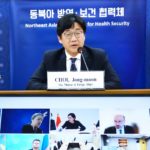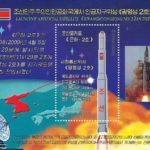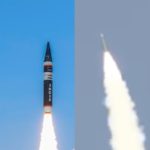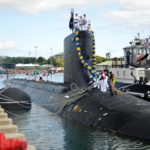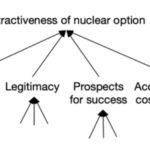
PAUL K. DAVIS AND BRUCE W. BENNETT DECEMBER 9, 2021 I. INTRODUCTION In this essay, Paul Davis and Bruce Bennett sketch ten cases in which nuclear weapons might be brandished or used in a Korea-originated crisis. They offer insights on how and why nuclear war could occur, and the corresponding circumstances that must be avoided. The […]



